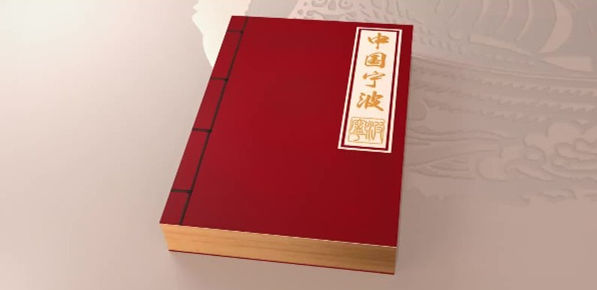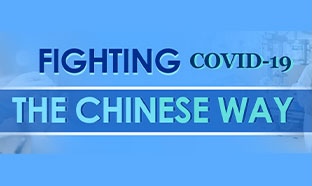Ballads
As far as style is concerned, Zhejiang ballads fall into the following six general categories.
Hao Zi (work song sung to synchronize movement, with one person leading): refers mainly to the work songs when working. The musical tempo and rhythm fit closely into the pace of labor, making the hard work full of fun.
Shan Ge (ballads sung in the fields or mountains) mainly refer to the songs sung when the rural people are working in the fields, or rowing in the rivers, or resting in the shed to enjoy themselves and divert themselves from boredom. Shan Ge has stretching tunes and relatively free rhythm. Zhejiang Shan Ge can be classified as the ones on the plains around Hangzhou, Jiaxing and Huzhou, and the ones in the hills and mountains. The plain, north to Qian Tang River occupies only nine percent of the total area of Zhejiang Province, while the rest, including the vast hills and small pieces of coastal plains (Ningbo and Shaoxing plain, Wenzhou and Taizhou plain, for example), takes up 91 percent. Shan Ge on the northern plain, called Wu Ge (Songs of Wu), has the fundamental tune "Di Luo Sheng", from which it evolved into seven different tunes: Di Luo Sheng, Luo Yang Ge, Dai Tou Ge, Yang Sao Tou, Hai Luo Diao, Ji Ji Ge and Ping Diao.
They are independent of each other, but have a general name "Jiashan Tian Ge (songs of the field)", which is known as an outstanding breed of Wu Ge.
Xiao Diao (ditty) mainly refers to the popular songs and ditties in the city and countryside. Xiao Diao used to prevail in Zhejiang as the term "River South Xiao Diao" and "Jiangsu and Zhejiang Xiao Diao" both refer to popular songs and ditties in Suzhou and Hangzhou, centers of Wu-dialect speaking regions. Since Xiao Diao is melodious and pleasant to the ear, it is easily accept by people. They express their feeling by integrating features of the time into lyrics of Xiao Diao. There are altogether more than 20 fundamental tunes of today's Xiao Diao in Zhejiang, such as Meng Jiang Nv, Wu Geng Diao and Wu Xi Jing.
Deng Diao (lantern songs) and Lian Hua (lotus flower) mainly refer to the folk singing and dancing music on festivals. On the lantern festivals, lanterns of different kinds contends to see which one is the most beautiful and most popular. Some lantern players dance while singing, some use musical instruments instead of vocals. However, songs always accompany the Tea Lantern, Flower Lantern, Horse Lantern and so on. Deng Diao does not have a uniform tune in the province. Most of them work on their own local tunes. Among the most popular ones are the Tea Lantern song Picking Tea Leaves and a Flower Lantern song Plum Flower Blossom. And the one with the most distinct local flavor is Ningbo's Song of the Horse Lantern.
The folk artists in Gao's Troupe of Dinghai is playing Zhoushan Gongs And Drums.
"Lian Hua" is named after the patterned back vocals "Lian Hua Lian Hua Luo" in the latter part of the tune. The monk Pu Ji in the Song Dynasty said in his book Five Lantern's Meet that Lian Hua Luo was the age-old song of the beggars." Lian Hua popularized in Zhejiang with its two forms: the major one and the minor one. It can also be classified into two categories according to its themes: the traditional one with the relatively stable form and content, and the improvisational ones full of humorous and vivid auspicious wishes.
Yi Shi Ge (rite songs) refers to folk songs sung on particular ceremonial occasions. It has three major kinds: wedding songs, silkworm-raising songs and sacrificial songs. Representatives of wedding songs are “Congratulations to the Groom of Zhoushan Isles” and “Lang Liu Yuan of the Northern Plain”. The most special one in Zhejiang is the silkworm-raising songs, which prevail especially in the northern plain around Hangzhou, Jiaxing and Huzhou.



 Print
Print Mail
Mail
